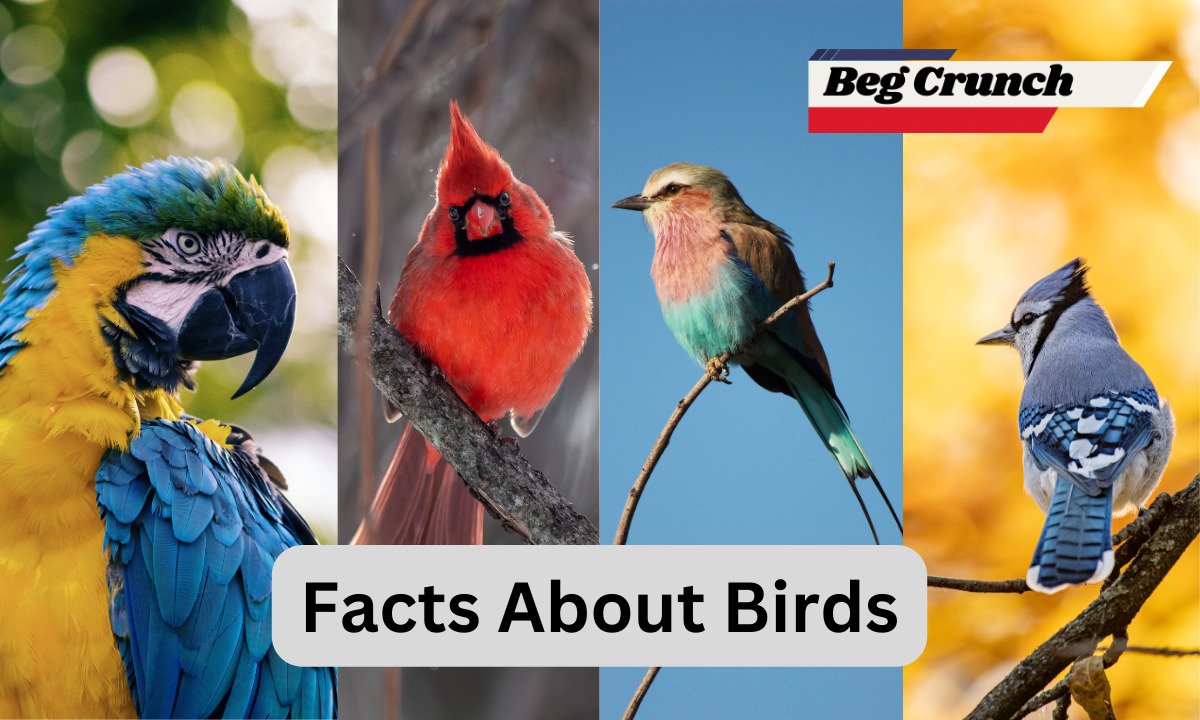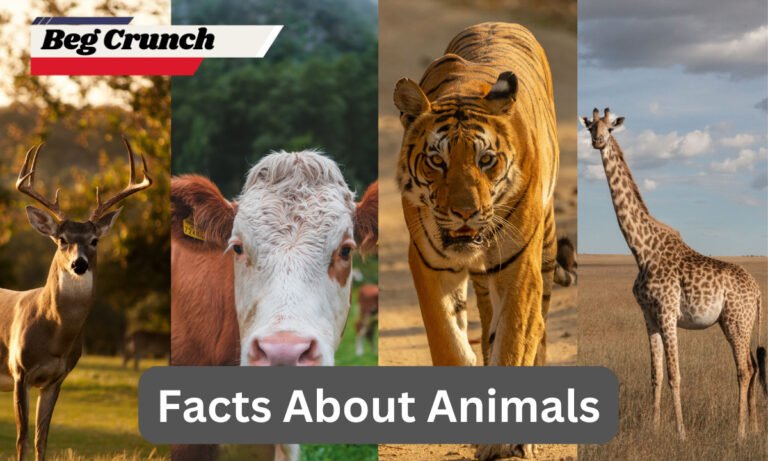Unveiling Fascinating Facts About Birds
Birds, with their remarkable diversity, incredible behaviors, and melodious songs, have captured human fascination for centuries. From soaring through the skies to building intricate nests, these feathered creatures play vital roles in ecosystems around the world. In this article, we’ll explore a collection of captivating facts about birds that illuminate their unique characteristics, migratory patterns, and their significance to the natural world.
The Marvels of Avian Diversity
Countless Species: Unraveling the Feathered Multitude
The avian world unfolds as a realm of staggering diversity, an orchestra of species estimated to range between 10,000 and 18,000 across the globe. This kaleidoscope of birds defies easy categorization, with each species a living testament to the creative forces of evolution.
From the smallest hummingbirds to the mighty eagles, and the tropical rainforests to the icy tundras, birds have mastered the art of adaptation to conquer the multitude of habitats Earth offers.
Feathers and Flight: The Symphony of Avian Adaptations
Feathers, the hallmark of avian identity, encapsulate a world of functionality and beauty. Beyond their aesthetic appeal, feathers are marvels of engineering, each designed to serve a specific purpose that aids a bird’s survival in its unique ecological niche.
Contour feathers, the outermost layer, create sleek silhouettes that navigate the skies with grace. They not only provide insulation but also play a crucial role in aerodynamics, enabling birds to soar with precision and efficiency. Beneath the contours lie down feathers, nature’s insulation against cold temperatures, ensuring that birds remain warm in the most unforgiving environments.
Flight feathers, the true architects of avian flight, are a symphony of form and function. The complicated dance of flight is made possible by these specialized feathers, which are arranged on the wings and tail in exact patterns. They generate lift, stabilize in turbulent winds, and allow for maneuvers that defy gravity.
Beak Variations: Portraits of Adaptation
The beak, a bird’s interface with its environment, is a testament to the intricate interplay between form and function. This seemingly simple feature comes in a mesmerizing array of shapes and sizes, each an embodiment of specialized adaptation.
The beak’s form mirrors the dietary preferences and behaviors of its owner. For instance, the finch’s beak, delicate and pointed, is a tool for precision, adept at extracting seeds from their protective husks. The robust beak of a pelican, in stark contrast, is designed for the act of scooping fish from the water, embodying the essence of aquatic efficiency.
These beak variations extend beyond sustenance to encompass behaviors that span the spectrum of avian life. The woodpecker’s chisel-like beak aids in excavating insect larvae from tree bark, while the hummingbird’s slender beak is perfectly crafted for probing flowers in its quest for nectar.
Marvelous Migratory Journeys
Epic Migrations Many bird species undertake remarkable migratory journeys across vast distances. Species like the Arctic tern migrate between their breeding grounds in the Arctic and their wintering areas in the Antarctic, covering around 44,000 miles annually.
- Navigation Skills
Birds rely on various cues for navigation during migration, including the position of the sun, the Earth’s magnetic field, and visual landmarks. Some birds, like homing pigeons, have an exceptional ability to find their way home.
- Stopover Sites
During migration, birds make stopovers at specific sites to rest and refuel. These sites are crucial for their survival, providing essential food and rest before continuing their journey.
Intriguing Behaviors and Adaptations
- Courtship Displays
To entice partners, birds go on complex courting rituals. These displays can involve impressive dances, intricate songs, and vibrant plumage displays.
- Nest Building
Birds build a variety of nests using materials like twigs, leaves, and mud. Nests can range from simple scrapes on the ground to elaborate structures suspended in trees.
- Vocalizations and Songs
Birds communicate through a range of vocalizations, from melodic songs to distinct calls. Songs serve various purposes, including defending territory, attracting mates, and warning of predators.
Ecological Roles and Conservation
- Pollination Partners
Many bird species, such as hummingbirds and sunbirds, play vital roles as pollinators for flowers. They transfer pollen between flowers while seeking nectar.
- Seed Dispersal
Birds also contribute to plant reproduction by dispersing seeds through their droppings. This process helps plants colonize new areas and maintain genetic diversity.
- Conservation Challenges
Bird populations face threats such as habitat loss, pollution, climate change, and collisions with structures like windows and communication towers. Conservation efforts are essential to protect these vital species.
FAQs
Q1. Are all birds capable of flight?
A1. No, not all birds can fly. While most bird species are capable of flight, some, like ostriches and penguins, have evolved to be flightless due to their specific habitats and lifestyles.
Q2. How do birds produce their songs?
A2. Birds produce songs using their syrinx, a vocal organ located at the base of the trachea. The syrinx can produce a wide range of sounds, and the complexity of songs varies among species.
Q3. Can birds recognize themselves in mirrors?
A3. Some bird species, particularly those with high cognitive abilities like crows and parrots, have demonstrated self-recognition in mirrors. This talent demonstrates a certain amount of self-awareness.
Q4. Do birds migrate in flocks?
A4. Yes, many birds migrate in flocks. Flying in flocks provides advantages such as reduced wind resistance and enhanced protection from predators.
Q5. Are all birds diurnal?
A5. No, not all birds are diurnal (active during the day). Some bird species, like owls and nightjars, are nocturnal and are adapted to hunt and navigate in low-light conditions.
Conclusion
Birds are a testament to the wonders of the natural world, showcasing a remarkable range of adaptations, behaviors, and roles within ecosystems. Their ability to navigate across vast distances, communicate through song, and contribute to plant reproduction underscores their significance to our planet’s biodiversity. By appreciating and protecting these winged wonders, we can contribute to the preservation of the delicate balance that sustains life on Earth.







